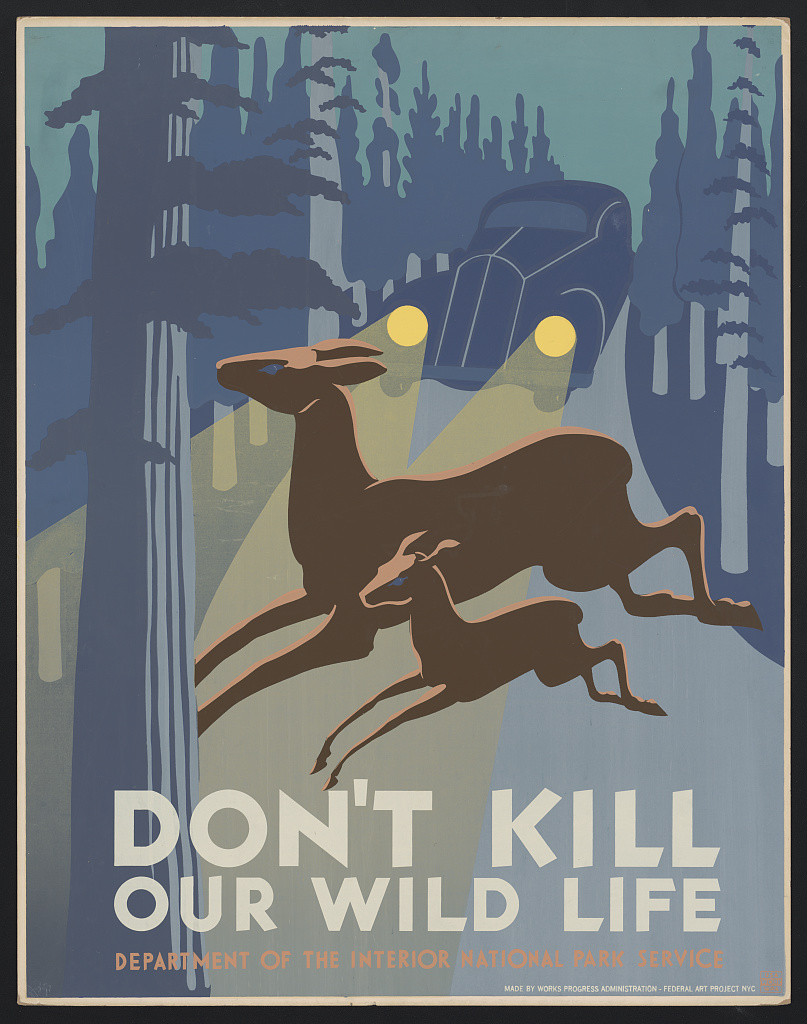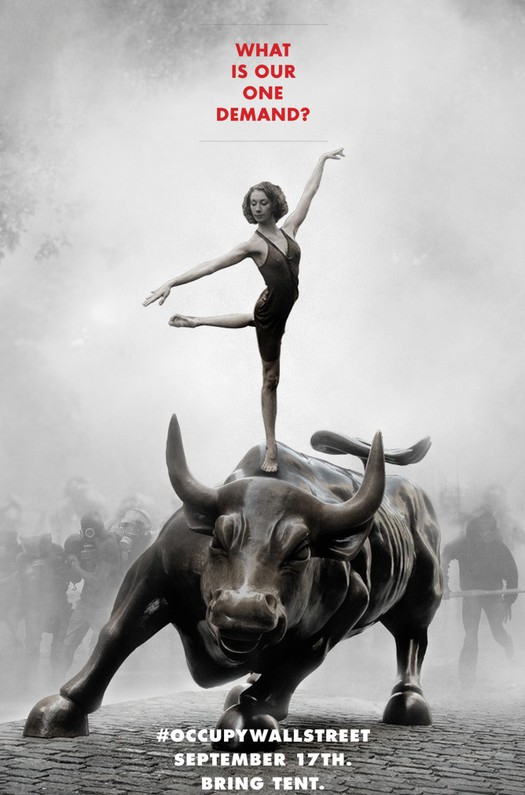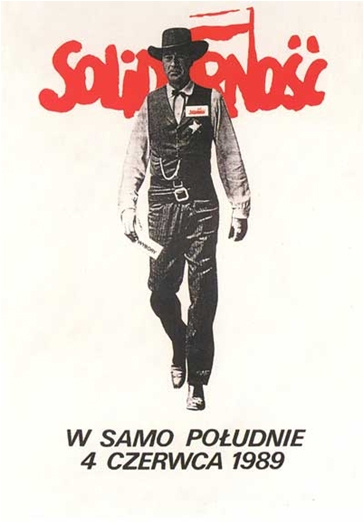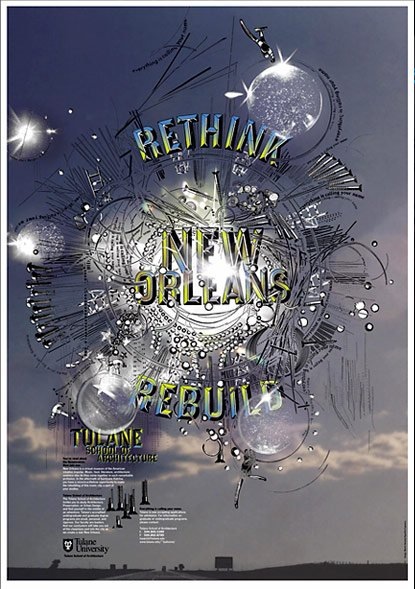Issue Poster
GDES-270 spring 2020 (David Ramos, American University Design)
ramos@american.edu · office hours
In this project, we look to the New Deal era FSA posters as a model of how design can present a vision for a better future. Design a poster that addresses a social, political, or environmental issue, arguing for a particular position or set of responses. Choose an issue that has a relationship to a particular place that you know, possibly a place in the broader Chesapeake Bay region. Your issue should lend itself to solutions that involve design, the built environment, infrastructure, or landscape.
 Works Progress Administration, Federal Art Project, between 1936 and 1940 (LOC).
Works Progress Administration, Federal Art Project, between 1936 and 1940 (LOC).

Adbusters, Occupy Wall Street, 2011 (more at Design Observer).

Tomasz Sarnecki, Solidarność (Solidarity), 1989.

Martin Venezky, Tulane.
Process and requirements
Start with research so that you gain a strong understanding of the issue. Write an 800-word paper about your issue, with citations.
Move from there to exploring ideas through sketching, photography, and collecting materials—you should examine three or more concepts in rough form. Post these sketches on Slack for critique. Create one final poster.
The poster should contain a headline that speaks about your topic; it should likely include additional text as subheads and, perhaps, a short paragraph. Provide imagery to accompany the text.
Provide a separate PDF with citations for any work that is not your own. Obtain instructor permission to use any images that you did not create.
Specifications
- Full color or black and white
- Size: your choice. If you’re creating this by hand, you could work on a small sheet of paper but with a larger final size in mind.
- Turn in a PDF or JPG, to Blackboard
- Turn in your paper as a PDF or Word document, to Blackboard.
For fonts, consider Myriad, DIN, Adobe Garamond Pro, Helvetica, Helvetica Neue, Jenson, Source Sans Pro, Source Code Pro, Bodoni, Caslon, IBM Plex (sans, serif, or mono), or Franklin Gothic. It would be prudent to choose one font, or a serif and a sans serif.
Changes for online course
Since each of you has access to different tools, we’ll have more flexibility about working methods. You can create the poster by hand, or with any software you choose. If you’re working by hand, you could draw the poster, paint it, or make it through collage. If you’re on a computer, you might use free software like Inkscape and Figma; we’ll soon get you access to the Adobe tools on your own machines.
Dimensions are now flexible. If you’re working by hand, your physical original can be smaller than the nominal final size.
Whatever you do, though, you’ll still need to make multiple versions, trying alternative design ideas and improving the poster over time. We’ll be critiquing your posters on Slack.
The list of fonts is now a suggestion rather than a requirement.
Resources
- WPA Posters at Library of Congress
- Saved search for Depression-era graphic design materials at MoMA